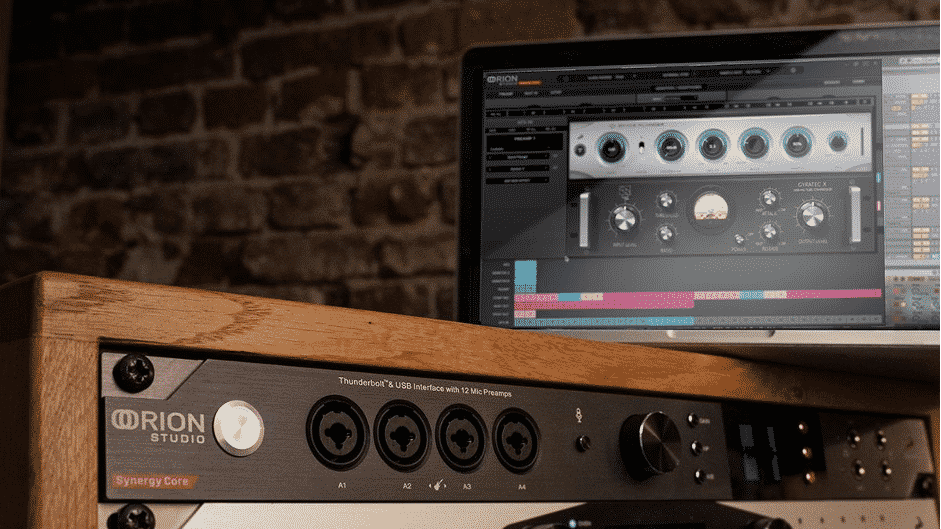For most music producers, mixing live or in the studio is the process of correcting and balancing several channels of audio down to two – the left and right channels of a stereo track. Multi-channel and immersive audio are different takes on the same concept. That given, what does it take to produce a mix that slams?
It starts with a set of experienced ears, which is something you cannot buy anywhere. Then come the rest of the tools. For computer-based audio mixing and production, the essentials are an audio interface, DAW (digital audio workstation) software, and plug-ins.
Each of the major DAWs in use, comes with a respectable collection of stock plug-ins covering the mandatory processing and creative aspects. But the limitless choice of plug-ins and the intrinsic need for novelty (when you get bored of what you have) are reasons enough to peek outside stock plug-ins.
While the aforementioned basics remain mostly unchanged, the increased digital signal processing (DSP) power of modern professional audio interfaces makes it possible to switch things around and, in some cases, deliver a finished mix to your DAW (or another recording medium). Take the Antelope Audio Orion Studio Synergy Core for example. Antelope Audio is known for its high-end audio interfaces and other digital audio products, such as master clocks and USB modeling microphones.
The Orion Studio Synergy Core is how the brand envisions a no-compromise rackmount audio interface. With 12 microphone preamps and line/instrument inputs, it is able to handle the kind of recording sessions that once took multiple units with the associated financial toll and complexity. It does so with utmost clarity, owing to the precise digital clocking and conversion that Antelope built its name on.
But that’s recording, right? How about mixing? Check this out – owing to the impressive processing power derived from its 6 ARM-based DSP chips and 2 FPGA processors, the Orion Studio Synergy Core runs 4 software mixers and as many as 51 audio effects (with more available for purchase) in real-time, low-latency glory. We’re talking sub-millisecond latency when connected over Thunderbolt™ and figures equaling imperceptible latency over USB.
This means you can record the old-fashioned way – get the sound happening, mix the performance so it sounds near-finished, and record the stems or 2-channel stereo tracks in your DAW. Of course, no hardware has the power to deliver a magical performance. But when the time comes to record and mix one, you’ll be glad to have the right tools at your disposal.
While choosing the appropriate ones can be a different game altogether, you can never fail with the classics. The Orion Studio Synergy Core taps into the complete Antelope Audio Synergy Core FX library that offers an extensive selection of vintage preamps, equalizers, compressors, and microphone models (used with the manufacturer’s Edge microphones) as well as creative effects like modulation, delay, guitar amps, and reverb. If you prefer to mix in your DAW, this is a legitimate possibility as well, thanks to the Antelope Audio AFX2DAW plug-in. It lets you use all Synergy Core FX like you’d do native plug-ins. This way, you can put together the kind of recording or mixing effects chain that would make or break the result.
If you don’t know where to start, the Antelope Audio Control Panel application includes several all-purpose presets designed by pro audio gurus. You can start treating drums, other instruments, and vocals in exactly the right ways from these, then put your own spin when you feel more confident.
